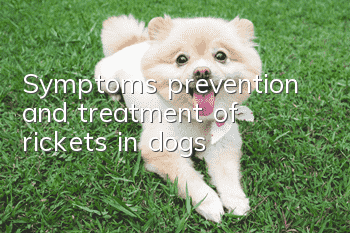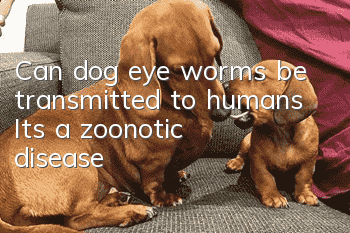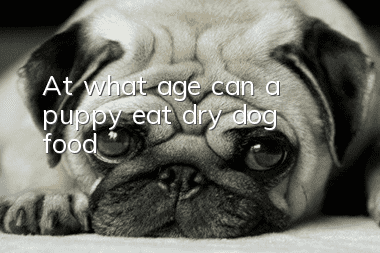Symptoms, prevention and treatment of rickets in dogs

Chondroostosis is an endochondral ossification disorder of articular cartilage and epiphyseal cartilage. It is called Gulu disease in puppies and rickets in older dogs. Generally refers to a disease characterized by osteonecrosis and bone dysplasia in young dogs during the growth and development stage. It mainly occurs in rapidly growing large and giant dogs. So what are the symptoms of canine rickets and how to treat them?
Pointer Terrier
The clinically common osteochondrosis types include the following:
1. Dissociative osteochondrosis. The articular cartilage is abnormally thickened and cracked, and then separated from the subchondral bone, forming cartilage flaps or free cartilage pieces. It is mainly seen in the shoulder joint (posterior edge of the arm head), elbow joint (medial condyle of the arm bone), knee joint (medial condyle of the femur), and tarsal joint (talar pulley).
2. Non-closure of the elbow process: The ossification center of the elbow process and the proximal thousand epiphysis of the ulna are not closed for a long time (the cartilage of the epiphyseal growth plate is not ossified), making the elbow joint unstable and prone to secondary osteoarthrosis of the elbow joint.
3. Split of coronoid process of ulna. If the coronoid process of the ulna splits into several pieces without healing with the ulna, it can easily induce osteoarthrosis.
4. The ossification of the epiphyseal growth plate is delayed; the secondary ossification center of long bones, such as the epiphyseal growth plate of the distal ulna ossification center, is delayed, resulting in synchronization with the growth of the radius, resulting in radius-ulnar angulation deformity or elbow joint subluxation.
The cause of this disease is unclear. It may be related to congenital factors and excessive growth.
Diagnosis of rickets in dogs:
Claudication and pain but no history of injury; the onset is often bilaterally symmetrical, the disease progresses slowly, and the cartilage or osteochondral structure has been significantly changed when symptoms appear. Lameness worsens after exercise and worsens after long periods of rest. The affected elbow muscles atrophied and there was no swelling in the affected area. The joint puncture fluid is normal or mixed with cartilage fragments. X-ray examination shows articular subchondral bone erosion, abnormal epiphyseal growth plate ossification, or long bone deformation.
Prevention and treatment of rickets in dogs:
Rest more, exercise less, and give analgesics for symptomatic treatment when the pain is severe. If there are cartilage fragments or small bone fragments in the joint, they must be surgically removed. Those with angular deformity can be surgically corrected. Symptoms generally resolve gradually after adulthood, but osteoarthritis is often secondary, so complete recovery of function is unlikely.
- Precautions for deworming dogs in summer
- Tips for training golden retrievers to use the toilet
- Tips to prevent your dog from losing hair frequently
- Giant Maine Coon, the cat you can afford but not keep!
- Which brand of dog disinfectant is good? Recommend a useful dog odor deodorant disinfectant!
- What are the training tips for German Longhaired Pointer dogs?
- Skin diseases - pet grooming killers, how much do you know?
- The heat is unbearable, can my dog eat popsicles?
- What should you do if your dog has a cold and vomits?
- What are the common diseases of Chihuahuas?



